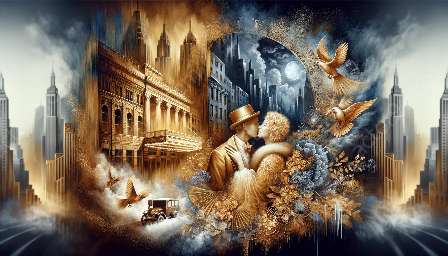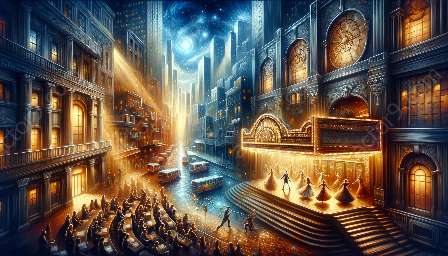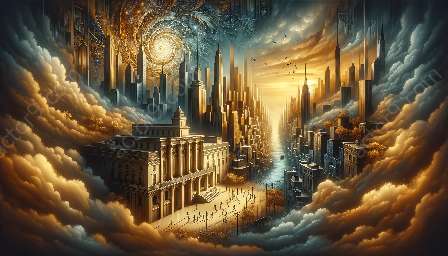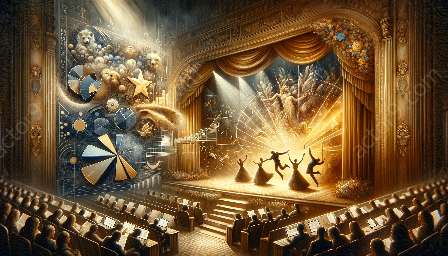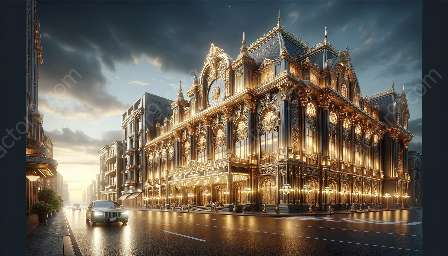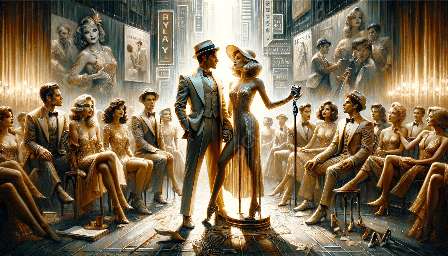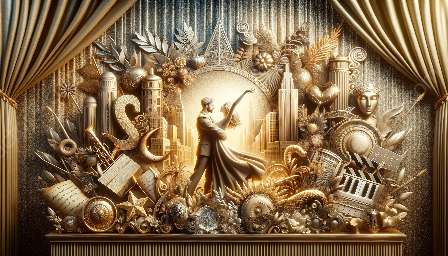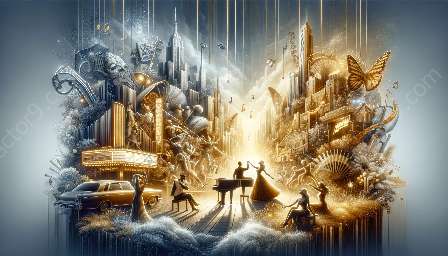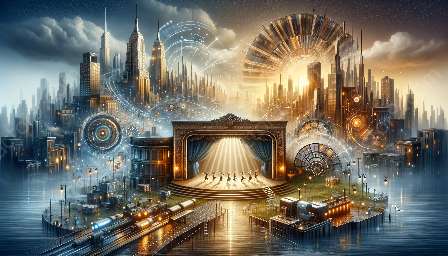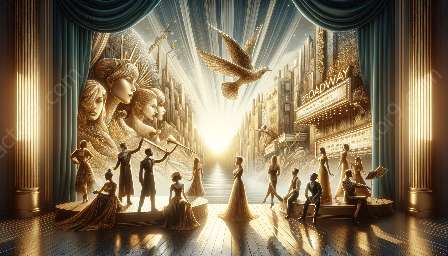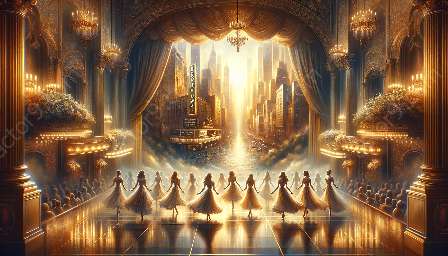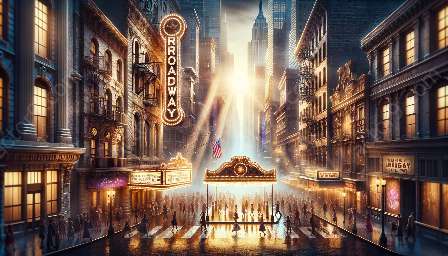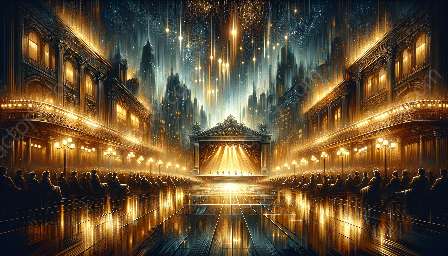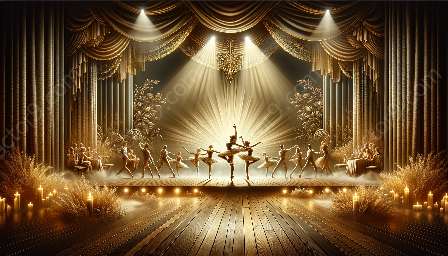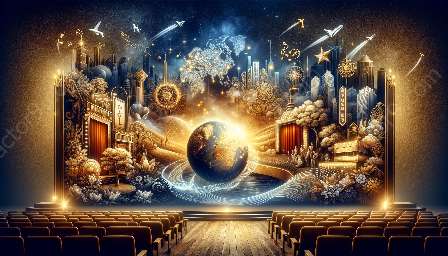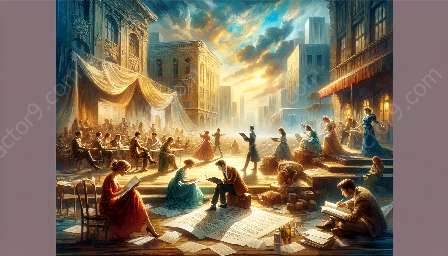The Golden Age of Broadway represents a monumental era in the history of musical theater and performing arts, characterized by a flowering of creativity, innovation, and immense cultural impact. This period, spanning roughly from the 1940s to the 1960s, witnessed the production of some of the most beloved and enduring works in Broadway history, setting the standard for excellence in theatrical performance and storytelling.
Historical Context:
The aftermath of World War II brought about a surge in optimism and renewed interest in the arts, providing a fertile ground for the proliferation of musicals and theatrical presentations. This period also marked a pivotal shift towards the integration of music, dance, and compelling narratives, leading to the creation of immersive and captivating performances that enthralled audiences and critics alike.
Key Productions and Influential Figures:
The Golden Age of Broadway bore witness to a plethora of landmark productions that left an indelible mark on the landscape of musical theater. Notable works such as 'West Side Story,' 'My Fair Lady,' 'The Sound of Music,' 'Guys and Dolls,' and 'The King and I' emerged during this period, captivating audiences with their captivating scores, breathtaking choreography, and timeless storytelling.
Moreover, the Golden Age also served as a playground for legendary composers, lyricists, and playwrights, including the iconic collaborations between Rodgers and Hammerstein, Leonard Bernstein, Jerome Robbins, and others who were instrumental in shaping the evolution of Broadway as an artistic medium. Their innovative approaches to musical composition, narrative structure, and stagecraft laid the foundation for the modern theatrical conventions that continue to reverberate through contemporary musical productions.
Impact on Broadway and Musical Theater:
The creative effervescence of the Golden Age left an enduring legacy on Broadway and the wider realm of musical theater. Its influence can be observed in the continued reverence for classic productions, the enduring appeal of timeless melodies and lyrics, and the enduring relevance of narratives that transcend time and space. Furthermore, the techniques and methodologies developed during this era continue to inform contemporary theatrical practices, underscoring the profound impact of the Golden Age on the evolution of live performance arts.
Artistic Innovation and Cultural Significance:
Beyond its role as a period of artistic innovation, the Golden Age of Broadway holds high cultural significance as a reflection of the societal values, aspirations, and collective imagination of its time. The production of musicals and dramatic presentations during this period engaged with a wide array of themes, ranging from love and resilience to societal upheavals and political tensions, providing a panoramic reflection of the human experience and societal dynamics in an evolving world.
Legacy and Reverberations in Today's Performing Arts:
The indelible impact of the Golden Age resonates within today's performing arts landscape, as contemporary productions continue to draw inspiration from the timeless classics and pioneering techniques that defined this era. Additionally, the Golden Age stands as a testament to the enduring power of live theater as a transformative medium capable of eliciting profound emotional responses and fostering a sense of communal unity through shared experiences.
As we continue to celebrate the artistic achievements and enduring resonance of the Golden Age of Broadway, it remains a testament to the enduring power of creativity, innovation, and the universal language of music, dance, and storytelling. Its legacy serves as a guiding light for future generations of artists, instilling a sense of reverence for the transformative potential of live performance and the enduring impact of masterful storytelling.
Topic
Evolution of Musical Theater Genre in the Golden Age of Broadway
View details
Influential Figures in the Golden Age of Broadway
View details
Technological Advancements in Broadway Productions during the Golden Age
View details
Social and Political Influences on Broadway during its Golden Age
View details
Defining Characteristics of Golden Age Broadway Productions
View details
Impact of Golden Age Broadway on Contemporary Musical Theater
View details
Successful Broadway Productions during the Golden Age
View details
Contribution of Golden Age Broadway to Modern Theater Practices
View details
Challenges Faced by Broadway during its Golden Age
View details
Prominent Composers and Lyricists of the Golden Age of Broadway
View details
Cultural and Societal Reflections in Golden Age Broadway
View details
Global Influence of Golden Age Broadway on Theater Industry
View details
Economic Factors Contributing to the Flourishing of Broadway in its Golden Age
View details
Perception and Appreciation of Musical Theater as an Art Form
View details
Collaboration in Broadway Productions during the Golden Age
View details
Innovations in Stage Design and Technology during Golden Age Broadway
View details
Defining Plays and Musicals of Golden Age Broadway
View details
Engagement with Social Issues during Golden Age Broadway
View details
Trends in Storytelling and Narrative Structures in Golden Age Broadway
View details
Integration of Music, Dance, and Acting in Golden Age Broadway
View details
Professionalization of the Theater Industry during Golden Age Broadway
View details
International Influences on Golden Age Broadway Productions
View details
Memorable Performances during Golden Age Broadway
View details
Impact of Golden Age Broadway on Theater Education and Training
View details
Marketing Strategies in Golden Age Broadway Productions
View details
Legacy of Golden Age Broadway on the Entertainment Industry
View details
Relationships between Producers, Directors, and Performers during Golden Age Broadway
View details
Controversies and Scandals in the Broadway Community during the Golden Age
View details
Contribution of Choreographers and Dancers in Golden Age Broadway
View details
Impact of Golden Age Broadway on Playwrights and Screenwriters
View details
Questions
What factors led to the golden age of Broadway?
View details
Who were some of the most influential figures in Broadway's golden age?
View details
How did the musical theater genre evolve during the golden age of Broadway?
View details
What role did technology play in shaping Broadway productions during the golden age?
View details
What impact did social and political events have on Broadway during its golden age?
View details
What are some of the defining characteristics of the golden age of Broadway productions?
View details
How did the golden age of Broadway influence contemporary musical theater?
View details
What were some of the most successful Broadway productions during the golden age?
View details
How did the golden age of Broadway contribute to the development of modern theater practices?
View details
What were some key challenges faced by Broadway during its golden age?
View details
What were the contributions of prominent composers and lyricists during the golden age of Broadway?
View details
How did Broadway reflect the cultural and societal changes of the time during its golden age?
View details
What impact did the golden age of Broadway have on the global theater industry?
View details
What were the economic factors that contributed to the flourishing of Broadway during its golden age?
View details
How did the golden age of Broadway influence the perception and appreciation of musical theater as an art form?
View details
What are some of the enduring legacies of the golden age of Broadway?
View details
How did the collaborative nature of Broadway productions contribute to its success during the golden age?
View details
What were the major innovations in stage design and technology during Broadway's golden age?
View details
What were some of the key plays and musicals that defined the golden age of Broadway?
View details
How did Broadway engage with contemporary social issues during its golden age?
View details
What role did gender and racial diversity play in shaping Broadway productions during the golden age?
View details
What were some of the popular trends in storytelling and narrative structures in Broadway productions during its golden age?
View details
What influence did the golden age of Broadway have on the integration of music, dance, and acting in theater performances?
View details
How did the golden age of Broadway contribute to the professionalization of the theater industry?
View details
What were the international influences on Broadway productions during its golden age?
View details
What were some of the most memorable performances by actors and actresses during the golden age of Broadway?
View details
How did the golden age of Broadway impact the development of theater education and training programs?
View details
What were the key marketing and promotional strategies employed by Broadway productions during its golden age?
View details
What were the lasting effects of Broadway's golden age on the entertainment industry as a whole?
View details
How did the golden age of Broadway shape the relationship between producers, directors, and performers?
View details
What were the notable controversies and scandals that emerged within the Broadway community during its golden age?
View details
What were the contributions of choreographers and dancers to Broadway productions during the golden age?
View details
How did the golden age of Broadway impact the careers of playwrights and screenwriters?
View details


